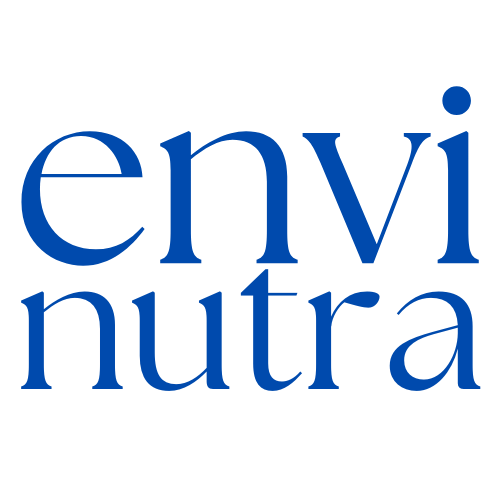Breast tenderness during menopause is one of those nagging symptoms that often catches women off guard. It’s not like you’re in your twenties and dealing with the usual hormonal shifts. No—this is different. More intense. More frustrating. And let’s be real—it’s not just discomfort; it’s an emotional drain, too. You can’t even cross your arms or sleep comfortably without feeling like your body is conspiring against you.
But why does this happen? How can you get some real relief without resorting to extreme measures? Let’s break it down and explore this rollercoaster of hormonal chaos together.
What Causes Breast Tenderness During Menopause?
Menopause is like your body rewiring itself—gradually shutting down the reproductive system while your hormones go haywire in the process. Estrogen and progesterone levels fluctuate unpredictably, and this imbalance is often the culprit behind breast pain.
Think of it like a symphony where half the orchestra suddenly plays off-key. Estrogen stimulates breast tissue growth, while progesterone helps balance that out. When these two aren’t in sync, breast tissue can swell, causing soreness or tenderness.
However, hormonal fluctuations aren’t the only factor. Other culprits include:
- Water retention (hello, bloating)
- Cortisol spikes from stress, which can worsen inflammation
- Dietary factors, especially excess caffeine or processed foods
These triggers vary from woman to woman, but understanding your unique pattern can help you pinpoint and tackle the source of your discomfort.
How Does Breast Tenderness Impact Daily Life?
Let’s face it: breast pain isn’t just physical. It messes with your mind, your energy, and your relationships. You might hesitate to hug someone tightly or dread putting on your bra. Even your workouts—once a source of empowerment—become an obstacle.
Then there’s the emotional toll. Many women start to question, “Is something wrong with me?” Add that to the existing anxieties about aging, and it can feel overwhelming.
If you’ve felt like doctors or specialists haven’t taken your concerns seriously, you’re not alone. Too often, women are told to “just deal with it” as though their bodies haven’t become a battlefield of symptoms. But you deserve better than that.
Common Myths About Breast Tenderness During Menopause
Before we dive into solutions, let’s bust a few myths:
Myth 1: It’s Always Cancer
This is a big fear for many. While it’s crucial to stay on top of regular screenings, most cases of breast tenderness during menopause are hormone-related and not linked to cancer.
Myth 2: It Will Go Away Overnight
Sorry to break it to you, but hormonal shifts take time to balance out. The key is managing symptoms in a way that works with your body’s changing needs.
Myth 3: Natural Remedies Don’t Work
Here’s the truth: not all natural remedies are created equal. Some women have seen excellent results by tweaking their diet, adding certain supplements, or practicing stress management. The key is consistency and finding what aligns with your body’s unique rhythms.
Practical Solutions for Breast Tenderness Relief
So, how do you reclaim comfort and confidence? Here are some tried-and-true approaches to ease breast pain and reduce inflammation.
1. Support Your Hormonal Balance Naturally
Many women benefit from supplements designed to regulate cortisol and support hormonal harmony. Ingredients like ashwagandha and chasteberry are known for their soothing properties. Reducing stress through mindfulness or yoga can also help stabilize those pesky cortisol spikes.
2. Optimize Your Diet
What you eat plays a huge role in managing inflammation. Focus on:
- Anti-inflammatory foods like leafy greens, berries, and fatty fish
- Cutting down on sugar and refined carbs
- Limiting caffeine, which can exacerbate breast pain in sensitive individuals
Hydration is equally important. Think of water as your body’s best internal detox tool.
3. Invest in Comfortable Support
If your bra feels like a medieval torture device, it’s time for an upgrade. Look for supportive, non-wired bras made from soft, breathable fabrics. You might also want to go braless at home to reduce pressure on tender areas.
4. Stay Physically Active (Within Your Comfort Zone)
Low-impact exercises like walking, swimming, or Pilates can help reduce water retention and boost circulation. Movement also helps release endorphins, those magical hormones that naturally ease pain.
5. Monitor Your Symptoms
Keeping a journal of when and how your breast pain occurs can reveal patterns you might not notice otherwise. Hormonal changes often have a rhythm—even if it’s chaotic at times—and tracking your cycle can help you anticipate and manage flare-ups.
Navigating the Emotional Impact
When your body doesn’t feel like your own, it’s easy to spiral into self-doubt and frustration. But menopause doesn’t have to define you. In fact, many women use this time to prioritize self-care and rediscover their inner strength.
Connect with others who are going through similar experiences. Whether it’s through online communities, wellness retreats, or local support groups, shared stories can remind you that you’re not alone. There’s power in sisterhood—and in finding solutions together.
When to See a Doctor
While breast tenderness is typically a normal part of menopause, certain symptoms warrant professional attention. These include:
- New or unusual lumps
- Persistent pain that doesn’t improve with lifestyle changes
- Skin changes, such as dimpling or redness
Don’t hesitate to advocate for yourself. Your peace of mind is worth it.
Looking Ahead with Hope
Menopause marks a new chapter—not an ending. Yes, there are challenges. But with the right tools and support, you can reclaim your comfort, confidence, and vitality. Small lifestyle changes can create big shifts in how you feel day to day.
Ready to take control of your symptoms and feel like yourself again? Explore how MenoRescue’s holistic approach to cortisol regulation can help balance your hormones and provide long-lasting relief. Visit MenoRescue here and take the first step toward a more empowered you.





